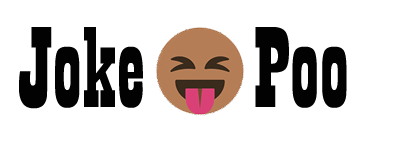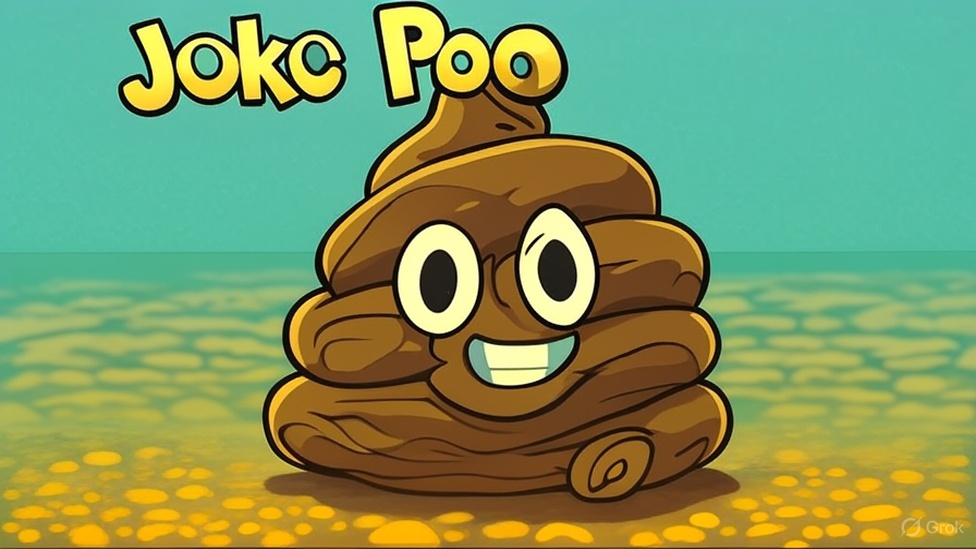One is pretty butch, but the other is a little butcher!
Joke Poo:
What’s the difference between a constipated mathematician and a garden full of aggressive snails?
One has a problem with figures, the other has figures with problems!
Okay, let’s dissect this joke and see what comedic treasures we can unearth!
Joke Dissection:
- Setup: “What’s the difference between a manly lesbian and a really short guy who works in the meat department?” This sets up a classic comparison/contrast scenario, priming the listener to look for a similarity or link between two seemingly unrelated things.
- Punchline: “One is pretty butch, but the other is a little butcher!” The humor lies in the pun, leveraging the homophone of “butch” (a term used to describe a masculine-presenting lesbian) and “butcher” (someone who prepares meat). The added qualifier “pretty” and “little” enhance the contrast and add to the silliness.
- Humor Type: This is primarily a pun-based joke, relying on wordplay for its comedic effect. It also has a touch of observational humor, referencing stereotypes (manly lesbian) and occupational traits (butchers working with meat).
Key Elements for Enrichment:
- The “Butch” Identity: The joke hinges on the cultural understanding of “butch” as a lesbian gender expression.
- The Butchering Profession: It also relies on the familiarity of the job of a butcher and their association with meat.
- Homophones & Wordplay: The core mechanic is the pun between “butch” and “butcher”.
- Size/Scale: “Pretty” and “little” provide a comparative element that adds humor.
Enrichment & New Humor:
Let’s focus on the history of butchering and tie it back to modern food trends:
New Joke/Observation:
Did you know the earliest evidence of butchering dates back over 1.5 million years? Now, that’s what I call paleo! Speaking of, what do you call a paleo butcher who only carves avocado and cauliflower “steaks”?
A faux butcher. I guess you could say he’s pretty “butch-less”!
Explanation:
- Factual Tidbit: The “1.5 million years” fact adds an unexpected historical dimension.
- Modern Twist: It then connects this ancient practice to the modern paleo diet and the trend of “meatless” steaks made from vegetables.
- New Puns/Wordplay: We introduce the pun on “faux” (French for false/fake) with “faux butcher” and again play with “butch” in a negative sense with “butch-less”.
- Humor Amplification: It builds on the original joke’s structure of connecting seemingly disparate concepts (ancient butchering, modern diets, lesbian identity, job descriptions) to create a multi-layered pun. It appeals to a sense of cultural relevance in the discussion of the paleo diet, and a sense of the historical relevance of the butchering profession.
This new joke attempts to build upon the original by adding an element of factual information and layering in additional puns related to current trends, while retaining the core comedic elements of unexpected connections and wordplay.


